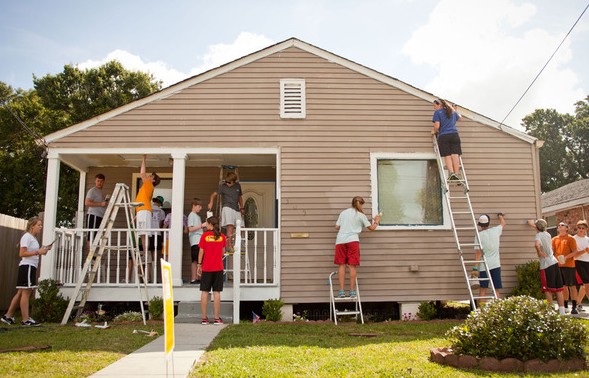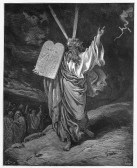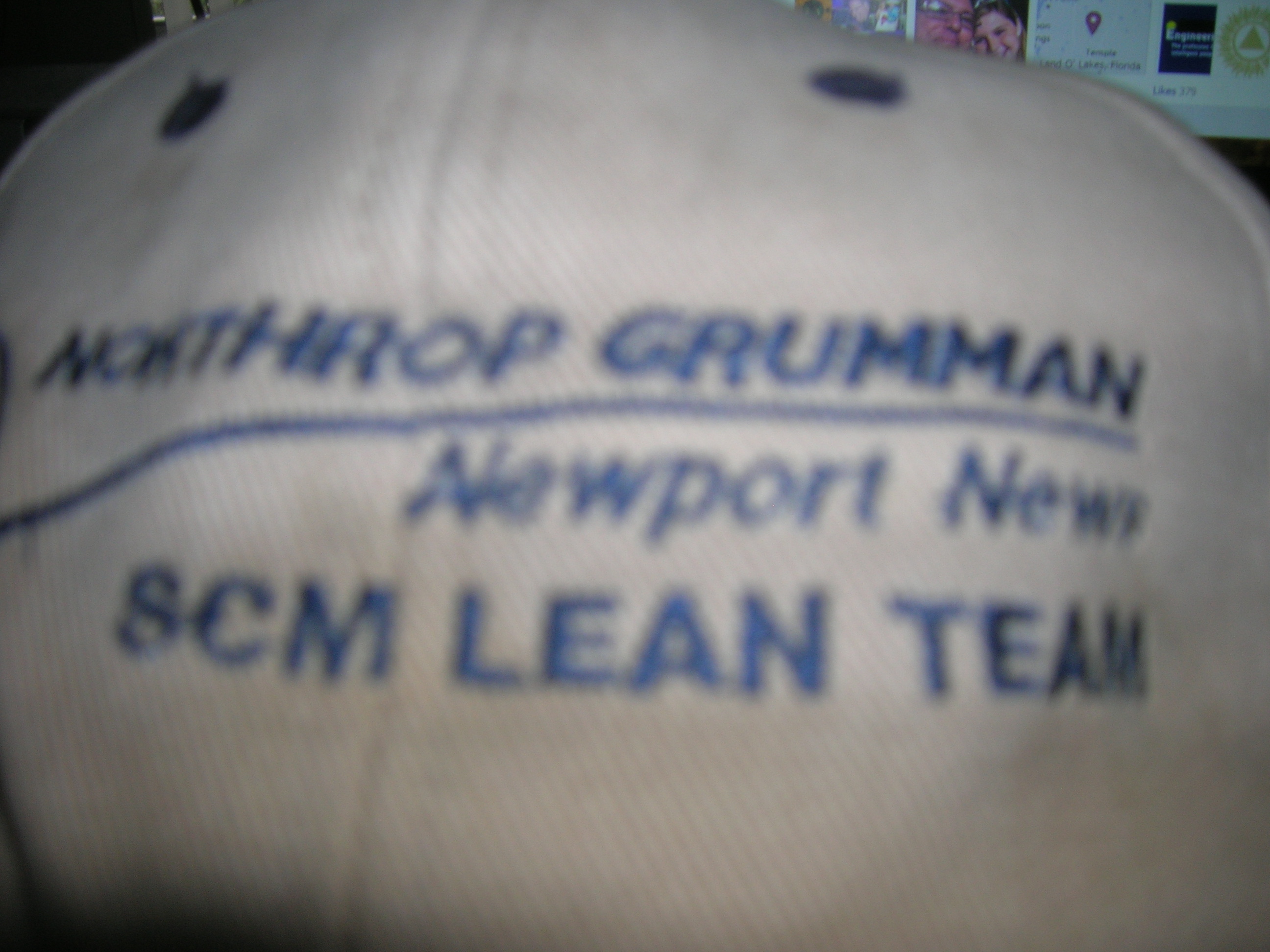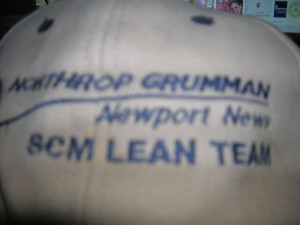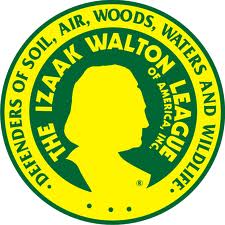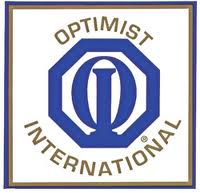
Freemason’s Ben Franklin with author and Freemason Rudyard Kipling books in background, both reflect successful lives even by today’s standards.
Rebuilding America’s volunteer groups can easily start with these ten steps to success in rebuilding America.
One of America’s Founding Fathers, Benjamin Franklin decided he wanted to be more socially visible when he was young, while pursuing success. This was for reasons pertaining to his business where he wanted more printing work as well as his aspirations of higher social climbing. He created, according to his biography a group called the Junto club.
It was a social club, which met to discuss topics and books of interest to the group. Eventually Ben joined the Freemasons and became a prominent member in short order, rising to a fairly high level within a few years. Since this was an organization of prominent and successful merchants and tradesmen, he was able to make connections, which benefited him both professionally and in later life as our Ambassador to France.
Keep in mind Ben Franklin was the originator of the volunteer fire department idea, volunteering was even at that time highly regarded and useful in the building of American society! This revolutionary and highly successful model is still used today in many parts of America.
By the end of Ben Franklin’s life he had become the most widely recognized American in the eyes of the world.
This was quite a successful accomplishment for a person who had so many obstacles to overcome in his quest for social capital and improved social status over a lifetime. Perhaps today the obstacles faced by an empowered volunteer might seem small in contrast to Dr. Franklin’s.
How should the empowered volunteer start the process for membership building? Excellent question, because rebuilding America seems like a daunting task. The answer is one step at a time, one volunteer at a time, for one group at a time.
Use these ten steps for empowered volunteer success.
First, the empowered volunteer needs be certain that they are supported within the group. This is simple, ask folks to support your efforts and let them tell you how they plan to do it. Request specific information and clarify the details. Put the highlights in writing with names attached to each detail that an individual agrees to complete and if necessary a date which completion is required. Your support staff is now ready to go.
Second, the empowered volunteer should ensure that the leadership for the group is prepared to deal with new members. This sounds simple, but if new members are needed, there must be a position or need which they can be expected to address if you want success in energizing them for the group. Most new members want to feel associated and needed soon after joining. They are usually willing to lend a helping hand. They are not likely to be happy if all they provide to the group is their dues and their name on the roster. Have a need they can fill or a place for them to become active participants and you will see the results you are looking for.
Third, keep the group involved in your efforts to find new members. They will be better able to support your efforts and also to lend comfort to you in your encounters with rejection. Make no mistake about this task you have taken on, membership building involves rejection and lots of it. Rejection is why so many individuals stay away from membership recruiting. It is hard work, and not fit for everyone. When you find success, and you will if you follow the proper course outlined in other posts from this blog, refine your technique until you produce a successful pattern or steps that work for you.
Forth, make a plan. It does not have to be elaborate. But a volunteer who says they will just go out and try is already doomed for dismal results, if they encounter any results at all. If you fail to make a plan, you are planning to fail. Have your personal business cards ready to hand out liberally. Consider some incentive on the back to capture e-mails or some other form of involvement for a prospective member. Get information however you can!
Fifth, set a long-range time frame for judging the success or failure of the plan, some of which will be carried out by those who follow you as the empowered volunteer. The recommendation for a reasonable plan is for at least one year, with a second long range plan of five years. Remember, the decline in membership has occurred over the span of several years, usually since the 1960’s. It would be unwise to plan to rebuild a membership by doubling it in six months. If that jump in membership happens, then great. Put the new members to work with the new opportunities, which were on hold due to membership constraints. This plan should address the four elements in a SWOT analysis in approaching prospects for membership.
Sixth, solicit feedback (read data) from those that reject your message and from those that accept your message as well. Keep a form for compiling your rejections. Sort the rejections into categories, which can be analyzed. You will find trends as you gather enough rejection data. This is invaluable information in helping you decide on future prospecting based on your trends and instincts. It can also be valuable to cross check the data from your rejections with the two parts of the SWOT analysis, weaknesses and threats. You may be able to either drill down into on of the sections of them or add to one of them, based on your rejection list.
Seventh, present a formal quarterly feedback report. Make sure it is data driven and that it is professional in the presentation method with which it is delivered. This is necessary to reflect to the group that you are committed to the group, dedicated to the cause of membership building, professional in your approach to this cause, and open to group participation through feedback in your efforts to achieve your goals. It is best to send the report out ahead of time so that members can digest it and be ready for the presentation as well as constructive feedback for you. Having the presentation group buy into your efforts by “helping” you with feedback is also valuable. It is more of a team effort.
Eighth, share the successes and testimonials with the group and with potential candidates. Build on your successes with a past of success. If you don’t have any when you start, look some up on the internet or the national website for the group. Select the testimonials that reflect your values first and if possible leave the others for another time. It is best to always align with your personal value system if possible for testimonials.
Ninth, build a group of individuals who can “bird dog” for you. In sales terms these are called centers of influence (COIs). They can be any influential citizen who is willing to promote your cause and has sympathy for solving the issues your group specializes in assisting. This particular aspect of sales is time consuming and needs attending to frequently for it’s potential to be realized. It is hard work, but the payoff can be incredible when the groundwork is laid with care.
Tenth, groom your replacement. Few individuals want to be the membership building chief forever. It is easy to become tired and burn out. This is why many folks do not enter the field of sales. It is very demanding if one is to survive. Find someone who is perhaps reluctant but willing if they could just experience success while under some tutelage. Have them participate, silently at first by watching and over time let them build up confidence by taking portions of the presentation and presenting the message under your watchful eye.





